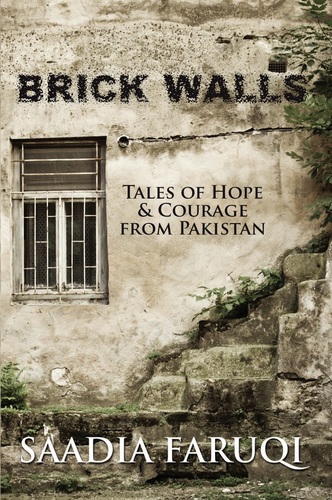Dear Ms. Russell:
Thank you for your email asking me to consider becoming a cosponsor of Senator Parker’s Bill (S.1728), to create the Safe and Fair Evaluation (SAFE) Parole Act. When the Senate reconvenes in January 2016 I will review this legislation with my Senate colleagues before deciding whether to become a cosponsor.
As you may know, this legislation is in the Senate Crime Victims, Crime and Correction Committee. It has been stuck in that Committee since it was first introduced three years ago. The Chair of that Committee is Senator Patrick Gallivan.
If this Bill is to be debated and voted upon by the State Senate then the first step is getting it put on the Senate Crime Victims, Crime and Correction Committee’s Agenda. Under the Rules of the Senate a Bill there are only two ways to get a Bill on a Committee Agenda.
The normal method is the Committee Chair simply places a Bill on the Agenda and it is considered at the next meeting of the Committee. After three years it seems quite apparent that the Chairman of this Committee is not going to put this Bill on the Agenda. However, you can urge Senator Gallivan to add this Bill to the Committee Agenda next year by emailing him at [email protected].
When a Committee Chair is unwilling to put a Bill on the Agenda the Prime Sponsor has only one other option and that is to file a formal Notice for Committee Consideration. Each session a Senator is allowed to make 3 such requests and this compels the Committee Chair to put the requested Bill on an upcoming Committee Agenda. You can ask Senator Parker to use one of his 3 Notices for Committee Consideration to get this Bill put on the Senate Crime Victims, Crime and Correction Committee Agenda next year. Senator Parker can be reached by email at [email protected].
Thank you again for letting me know how you feel about this issue and please feel free to contact me if I can be of further assistance.
Sincerely yours,
Marc C. Panepinto
New York State Senator
60th District


 RSS Feed
RSS Feed